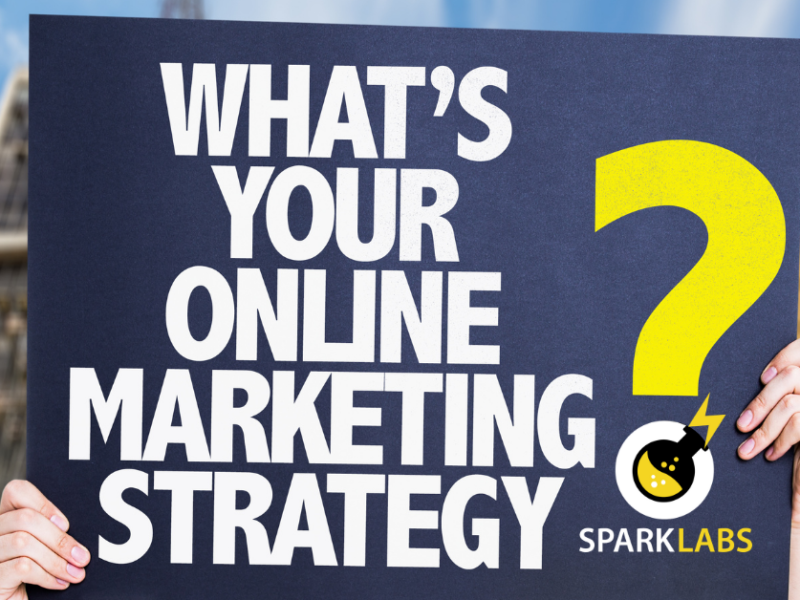
This is the Most Important Word When it Comes to Relationship Marketing
This is the Most Important Word When it Comes to Relationship Marketing https://csuiteold.c-suitenetwork.com/wp-content/uploads/2014/06/handshake.jpg 640 427 C-Suite Network https://csuiteold.c-suitenetwork.com/wp-content/uploads/2014/06/handshake.jpgby Steve Olenski
Among the many definitions of the term:
“Relationship marketing is a strategy designed to foster customer loyalty, interaction and long-term engagement. It is designed to develop strong connections with customers by providing them with information directly suited to their needs and interests and by promoting open communication.”
While I agree with the above, it leaves out one very important word. It implies the word somewhat but does not include the actual word, and it should. This word cuts right to the heart of the term itself and, in particular, the word “relationship.”
The word I am referring to is “emotion.”
Long the holy grail of marketers and advertisers the world over, the word “emotion” speaks to that rarified place where few brands and advertisers reside. For just as in any relationship in life, touching on human emotions — preferably the positive emotions — is the key to any happy, healthy and long-term relationship.
I was reminded of all this the other week after speaking with the CEO of the largest branded merchandise agency. The agency is BDA, and the CEO is Jay Deutsch. Some 30 years ago, Deutsch had what he refers to as “the ultimate 1-1 relationship marketing experience” — peddling Bama-buster T-shirts to students at LSU with his best friend and co-founder Eric Bensussen.
Since that humble beginning, BDA has grown into a $300 million+ business working with the likes of MLB, Bank of America and Coca-Cola, to name but a few. To say Deutsch is passionate about relationship marketing is to say I kind of like coffee. For those who don’t know me, I may very well be a descendant of Juan Valdez.
I threw some questions Jay’s way, as I wanted to his take on everything from the obvious — his definition of relationship marketing — to the role merchandise plays in the digital world.
SO: How do you define “relationship marketing?”
JD: I view relationship marketing as a brand’s ability to create an emotional connection with the consumer. At BDA, we believe branded merchandise is the ultimate 1-to-1 relationship marketing vehicle.
SO: Is there a right way and wrong way to do merchandise marketing/advertising?
JD: Absolutely. So often we see brands throwing marketing campaigns at consumers without putting much thought into the execution. When the campaign isn’t targeted or specialized for a particular demographic, it just becomes noise.
Branded merchandise can be more than 1-to-1 relationship marketing. The consumer makes a choice to wear, use or display a product based on how well the campaign is put together. Merchandise cultivates the consumer’s affinity for a brand with the right strategy and execution. You’ve got to ask, “Is it quality? Is it on-brand? Is it reaching the target audience?” It’s our job to create a seamless campaign that extends the appropriate brand messaging.
SO: Does branded merchandising still play as big a role as it once did given the digital age we now live in?
JD: When you think of branded merchandise, what immediately comes to mind? Take Nike. Every day you see people walking around wearing a piece of apparel with a Swoosh. And that’s a form of branded merchandise.
We have worked with Fortune 500 enterprises for nearly 30 years and show no signs of slowing down. Unlike perishable media, like print, radio and TV, branded merchandise has the ability to live on in the lives of consumers for decades. Walk into a teenager’s bedroom and you’ll see branded merchandise adorning the walls. We want to help brands own the bedroom, office, home, car and consumer lifestyle.
The digital age has presented a lot of new and interesting opportunities for our agency. Cultural experiences and virality are more prevalent than ever and we’re seeing brands wanting to extend their digital campaigns with tangible merchandise. Nostalgia is one of the most powerful emotional connections that consumers can have to a brand, and being connected to those special moments in popular culture freezes time for them.
So not only does it still play as big a role as it once did, but branded merchandise is more important than ever to differentiate a brand. The value of dozens of social posts and interactions doesn’t compare to the affinity even one piece of merchandise can develop. Put together, they’re a potent marketing strategy.
SO: Is branded merchandising something that is applicable to any industry, or are there some that it may not be the best fit for?
A: From Bank of America to Caterpillar to Major League Baseball and the NFL, we deliver branded merchandise for the world’s most recognizable brands. It’s not about the right or wrong industry, it’s about the right or wrong plan. Campaigns with a merchandise element take many different shapes to reach a company’s consumer, employee and B2B markets. It could be a gift with purchase or in-pack promotion in the grocery aisle, an employee uniform or logowear program, an e-store with hundreds of SKUs or custom seat cushions on every stadium seat at the Super Bowl. Merchandise lets people touch, interact and own a brand in a way no other marketing permits.
SO: What are some of the more offbeat types of branded merchandise you & your agency have worked on?
A: In the sports world, BDA has become known as the bobblehead experts. We produce about 2 million a year, and we’re always looking to incorporate new poses and techniques to capture each player’s personality. We helped the Seattle Mariners pull off the first-ever Beard Hat Night. The knit beanie and beard combo was a hit with fans who tweeted pictures using the #beardme hashtag.
Perhaps our most ambitious undertaking to date was a “Built Ford Tough” all-terrain vehicle, designed as a companion piece to the Ford F-150. We spent over a year developing the ATV, which debuted at the Woodward Dream Cruise in Detroit.
*This post originally appeared on Forbes.com.
 Steve Olenski was named one of the Top 100 Influencers In Social Media (#41) by Social Technology Review and a Top 50 Social Media Blogger by Kred. Steve is a senior creative content strategist at Responsys, a leading marketing cloud software and services company. He is a also a member of the Editorial Board for the Journal of Digital & Social Media Marketing and co-author of the book “StumbleUpon For Dummies.” He can be reached via LinkedIn, Google+, Twitter @steveolenski or at the nearest coffee shop.
Steve Olenski was named one of the Top 100 Influencers In Social Media (#41) by Social Technology Review and a Top 50 Social Media Blogger by Kred. Steve is a senior creative content strategist at Responsys, a leading marketing cloud software and services company. He is a also a member of the Editorial Board for the Journal of Digital & Social Media Marketing and co-author of the book “StumbleUpon For Dummies.” He can be reached via LinkedIn, Google+, Twitter @steveolenski or at the nearest coffee shop.





